Hagakure
Our Emblem
The background of our logo depics the famous Saga blossom. It is named after the campher tree (lat. Cinnamomum Camphora). As a popular motive the flower can be found in numerous artistic illustrations such as in the regional Prefekture flag of Saga. In our emblem the plant hints to the birthplace of our Japanese Sensei Norio Kawasoe, more precisely to the City of Saga in the prefecture Saga.
The second major element of our emblem depicts a crane. The animal is standing on one leg indicating its perfect balance, which symbolically extents to an inner balance, calmness and a peaceful mind.
Yet, the left leg is being raised and ready to defend against possible attackers.
Furthermore in the Shotokan Syllabus there is a kata (form) called the “Crane on the Rock” (jap. Gankaku). The founder of the style Sensei Gichin Funakoshi considered Gankaku as the one of the most advanced forms in his martial arts system.
At this point we want to deliver special thanks to Viktoria Kron for the design of the emblem.
Hagarkure: The Book of the Samurai
During a regular Karate Seminar in Schärding on the 19th of March 2006 our Japanese National Coach Shihan Norio Kawasoe bestowed the name “Hagakure” on our club.
The name refers to a book called Hagakure (Japanese for "Hidden by the leaves”), written between 1710 and 1716 and is known as the code of honour of the samurai.
Based on short stories and lessons along with personal anecdotes by the author Tsunetomo Yamamoto from Saga, it describes the practical life of a samurai, but also provides the philosophical background for it, grounded on his personal interpretations of the bushido (“way of the warrior”). The book outlines a range of military strategies and mentions psychological tactics for the warfare.
From a historical point of view it deals with the dilemma of maintaining a warrior class during periods of peace. Additionally, Hagakure addresses the relationship between the ruling prince and the serving warrior and elaborates the meaning of loyalty in this context

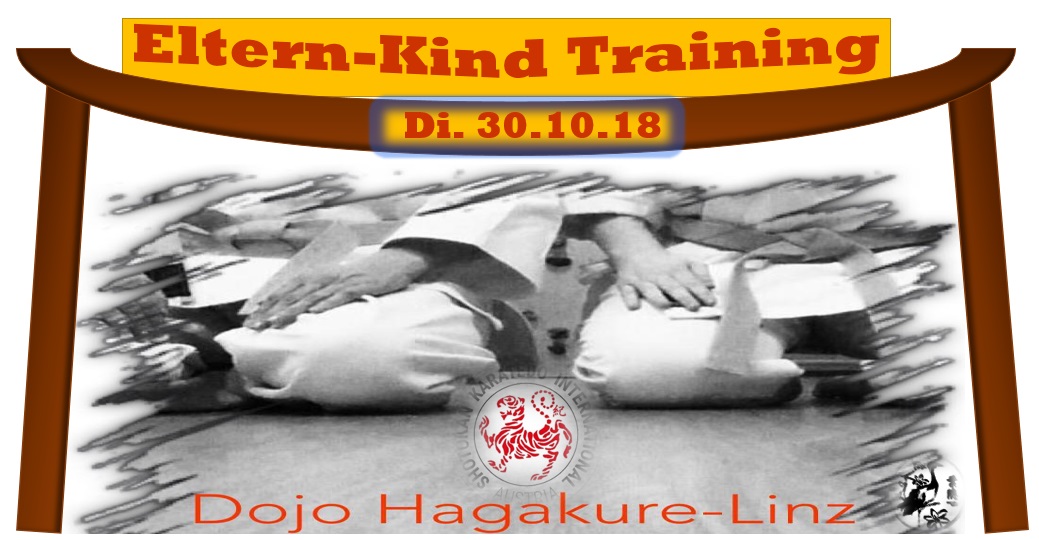
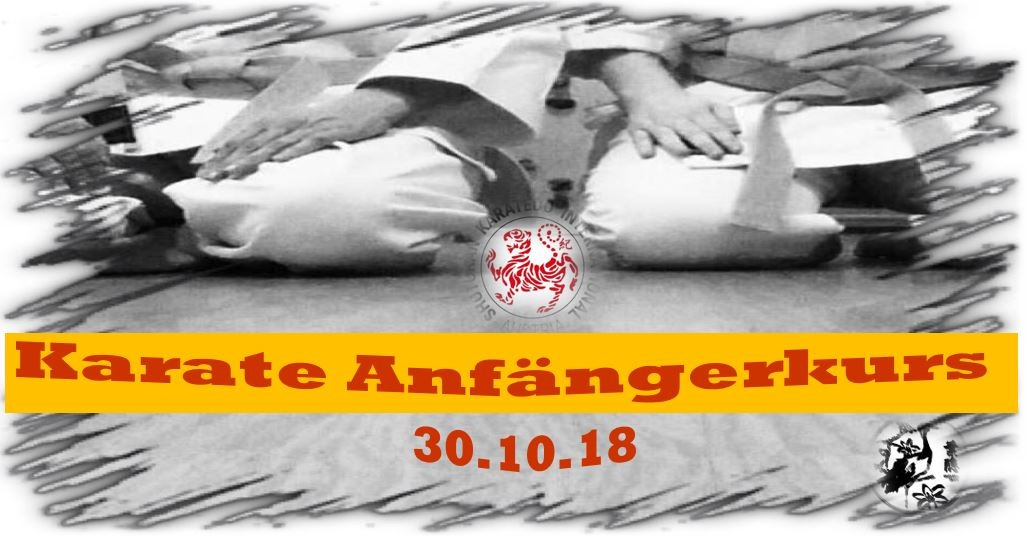
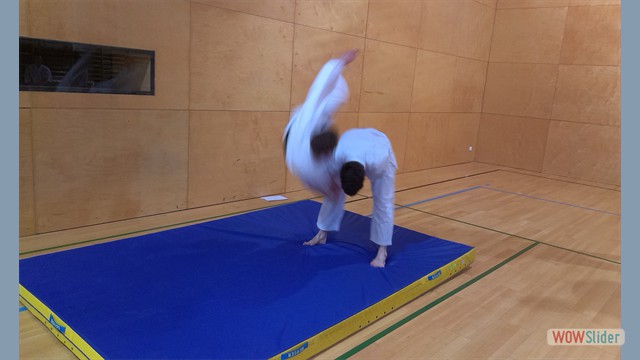
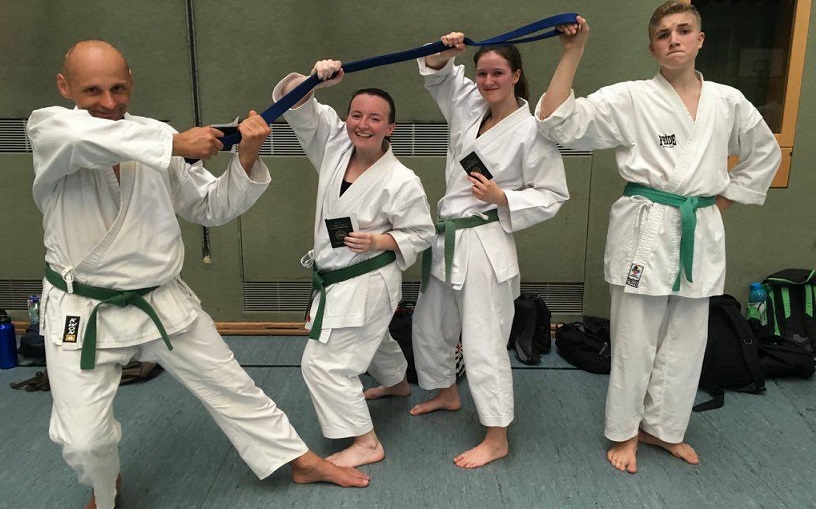
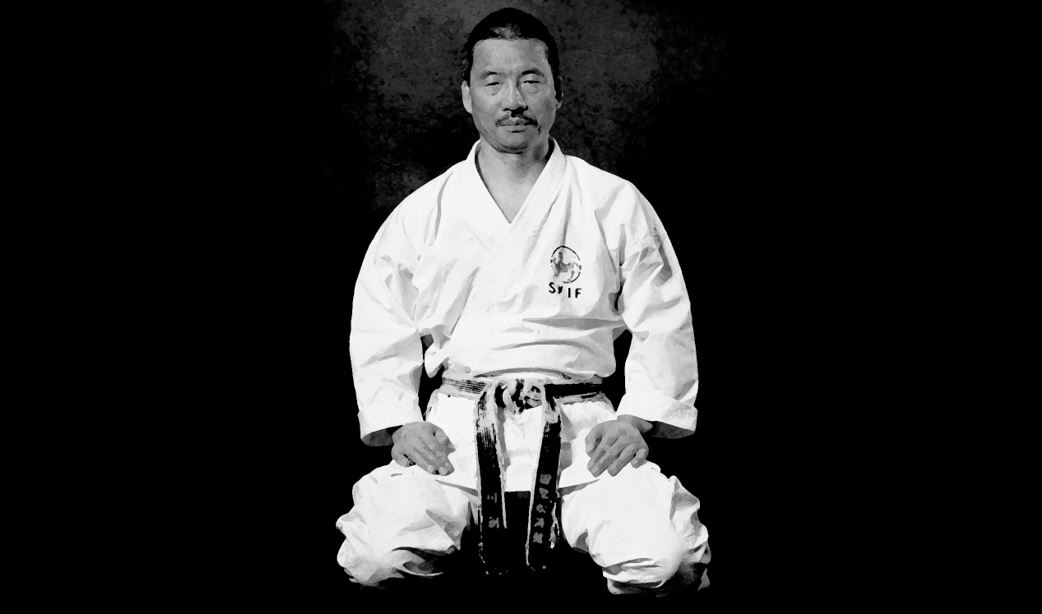
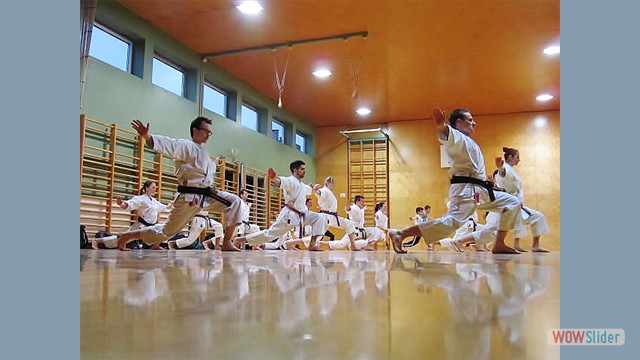
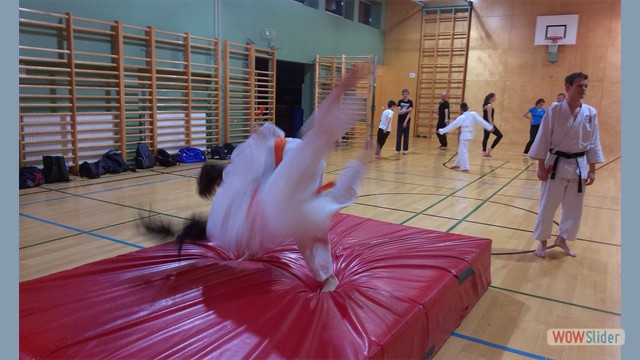
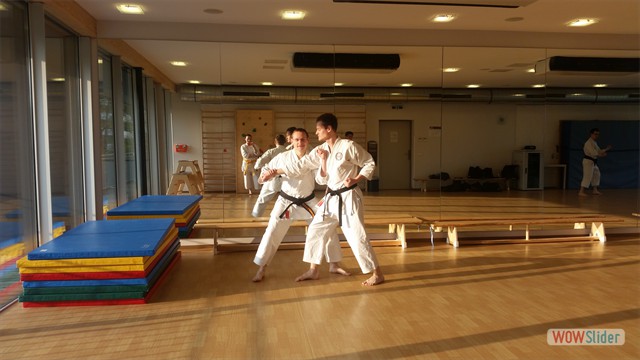
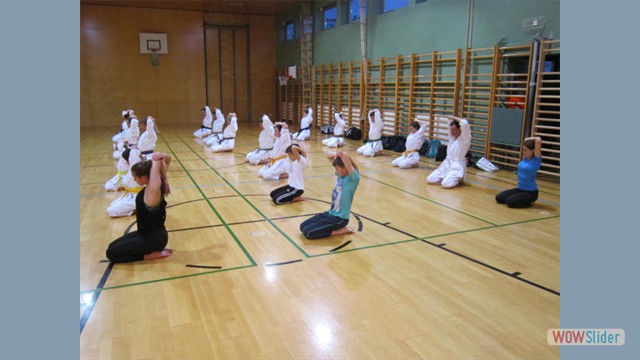
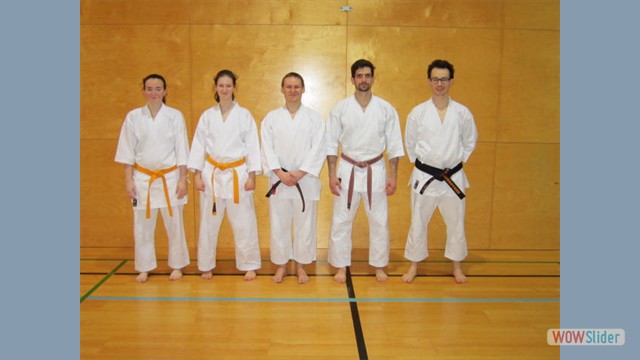
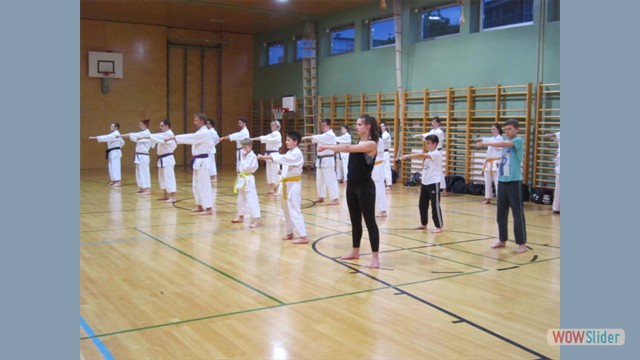
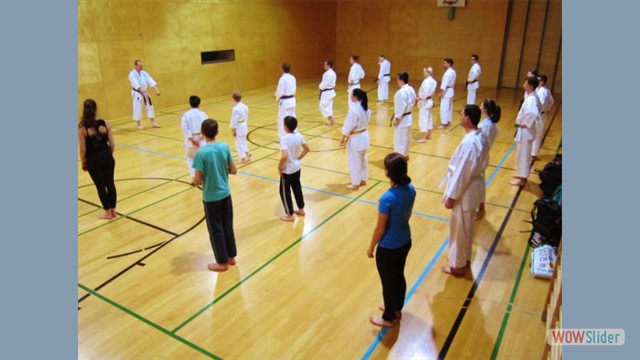
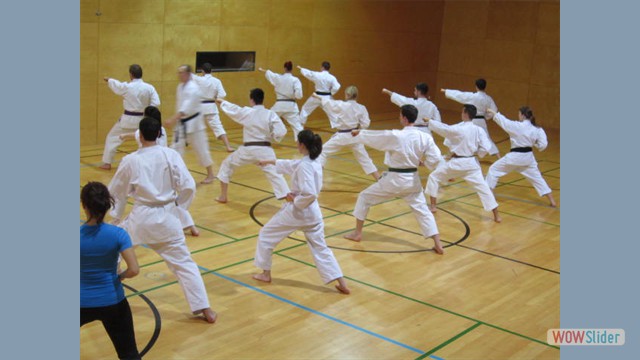

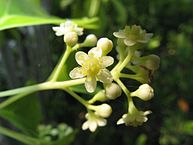
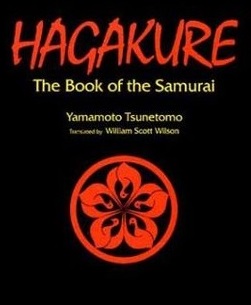
.png)

